Entry and Exit Criteria in the Process of STLC
Entry and Exit Criteria in the Process of Software Testing Life Cycle – In this post we are going to see What is Entry Criteria and What is Exit Criteria and how we apply this in each phase of STLC
Entry Criteria:
The prerequisites that must be achieved before commencing the testing process.
Exit Criteria:
The conditions that must be met before testing should be concluded.
Entry and Exit Criteria:
As mentioned earlier, each and every phase of STLC has Entry and Exit criteria. Let’s see phase wise entry and exit criteria:
Requirement Analysis:
A quality assurance professional has to verify the requirement documents prior to starting the phases like Planning, Design, Environment Setup, Execution, Reporting and Closure . We prepare test artifacts like Test Strategy, Test Plan and other based on the analysis of requirement documents.
Check below video to see “Entry and Exit Criteria”
Test Planning:
Test Manager/Test Lead prepares the Test Strategy and Test Plan documents and testers will get a chance to involve in the preparation process. It varies company to company.
Entry Criteria: Requirements Documents
Exit Criteria: Test Strategy, Test Plan and Test Effort estimation document.
Test Design:
In test design phase, testers prepare test scenarios, test cases/test scripts and test data based on the Requirement Documents and Test Plan. Here testers involve in the process of preparing the test cases, reviewing the test cases of peers, getting the approvals of test cases and storing the test cases in a repository.
Entry Criteria: Requirements Documents, Test Plan
Exit Criteria: Test cases, Test Scripts (if automation), Test data.
Test Environment Setup:
In this phase, in most of the companies testers won’t involve in the process of preparing test environment setup. Most probably Dev Team or Implementation Team prepares the test environment. It varies company to company. As a tester, you will be given an installation document to setup test environment. Readiness of the given test environment.
Entry Criteria: Test Plan, Smoke Test cases, Test Data
Exit Criteria: Test Environment, Smoke Test Results
Test Execution:
In this phase, testers involve in execution of test cases, reporting the defects and updating the requirement traceability matrix.
Entry Criteria: Test Plan document, Test cases, Test data, Test Environment
Exit Criteria: Test case execution report. Defect report, RTM
Test Closure:
Traditionally this is the final phase of testing. Test lead involves in preparing Test Metrics and Test Closure Report. Test lead sends out test closure report once the testing process is completed
Entry Criteria: Test case Execution report (make sure there are no high severity defects opened), Defect report
Exit Criteria: Test Closure report, Test metrics

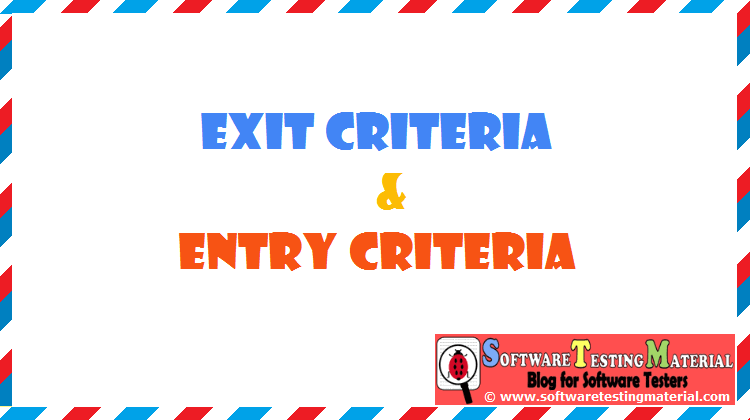
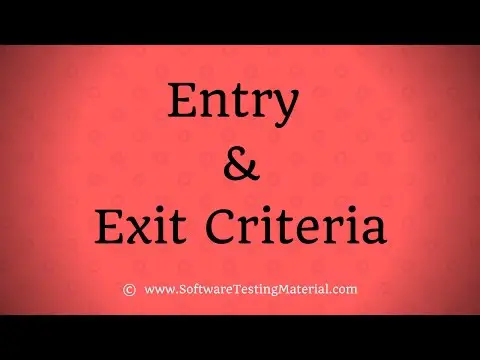
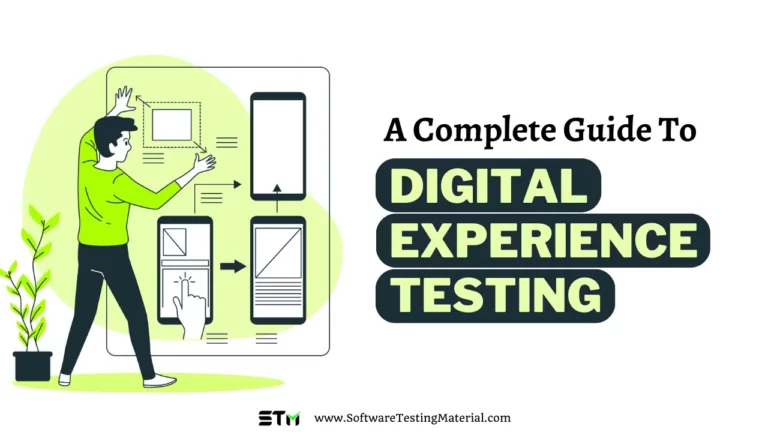



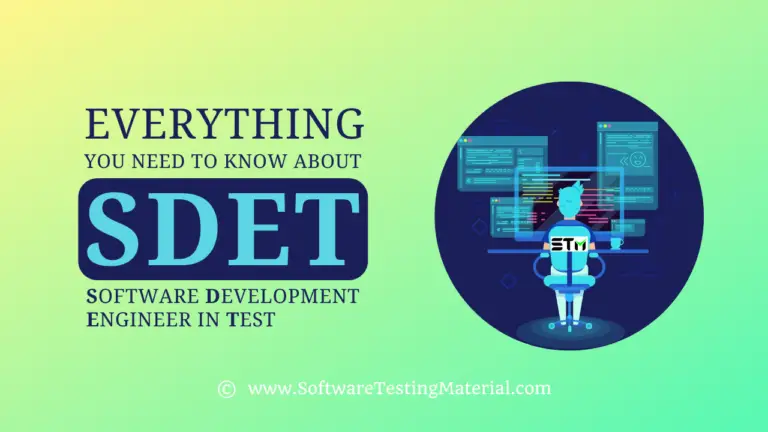
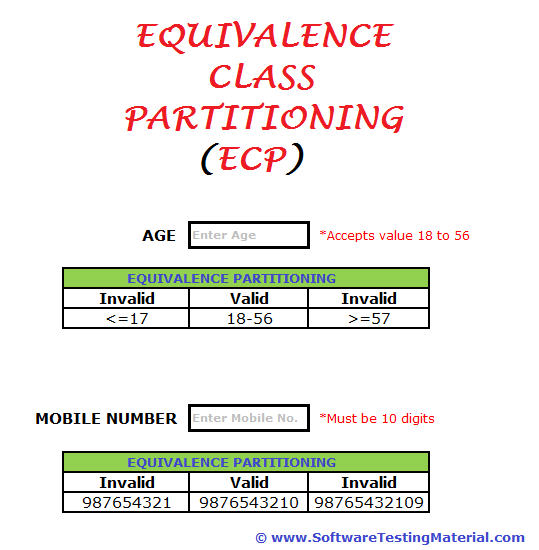

Hi sir
Good work
Sir plz suggest me which programming language is important for automated testing thanks
Hi Amrit, if you want to learn QTP, then learn VB Script. If you want to learn Selenium then choose Java.
hi sir,
i want to learn sealinium, i am now in beginner stage, but i don’t know how to start to study the selenium, please help me get out of this…… confusion..
Hi Vignesh, first learn manual testing concepts. Once you are familiar with testing concepts. Start learning Java and then move on to Selenium WebDriver.
Hello sir , great job done by you !
But sir i needed to know some real time interview questions like situation based questions of manual testing.
It will be a great help to me sir.
Thank you 🙂
Check our interview questions category for more scenario based questions. If you didnt find, pls let me know. I will share specific links
Hi,
I really like your tutorials.Your materials are very detailed.Among the two automation tools -SELENIUM AND UFT-which one do u think is more in demand?I have learnt uft as VB script is easier.I have no knowledge of java and Iam from a non-IT background.
thanks and regards
As of now Selenium has more demand over UFT. Concentrate on just core java for now. Here is the link https://www.softwaretestingmaterial.com/java-tutorial/